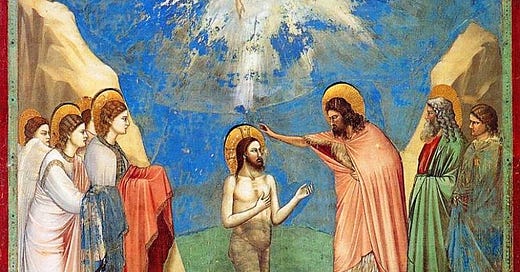In the last post, we noted the “chiasmus” or “chiasm” in Mark’s text. Ancient literature frequently made use of this textual structure. To explain it simply, it means that a text has an A-B-(C)-B-A arrangement. In other words, a text is shaped “architecturally” like a literary “X” (in Greek, “X” is the letter “chi,” hence “chiasm”), where the A-B themes or words in the first half of a text are paralleled in reverse order by the B-A themes or words in the latter half. An example in a simple sentence might be Mercutio’s remark in Romeo and Juliet (Act I, Scene IV) that “if love be rough with you, be rough with love.” Here, it’s merely the words “love” and “rough” that are then paralleled in reverse order. In the ancient world, as well as in the literature of all ages (and in many cultures, including, for example, the Chinese), the chiasmic shape is to be seen almost everywhere. It orders not only smaller units in a text but – as we saw in Mark – an entire text itself. In three of the four Gospels, we find the kind of chiasmus that has a central, unparalleled central text – the (C) in the A-B-(C)-B-A arrangement noted above. The importance of the “center,” when one appears in a text, is indicated by its being the only section that has no discernible literary parallel; thus, it becomes the key to understanding rightly the significance of the complete work. It sheds light on all the rest – and truly this is the case in Mark, where the crux of the book is the Transfiguration of Jesus.
Keep reading with a 7-day free trial
Subscribe to The Pragmatic Mystic to keep reading this post and get 7 days of free access to the full post archives.



